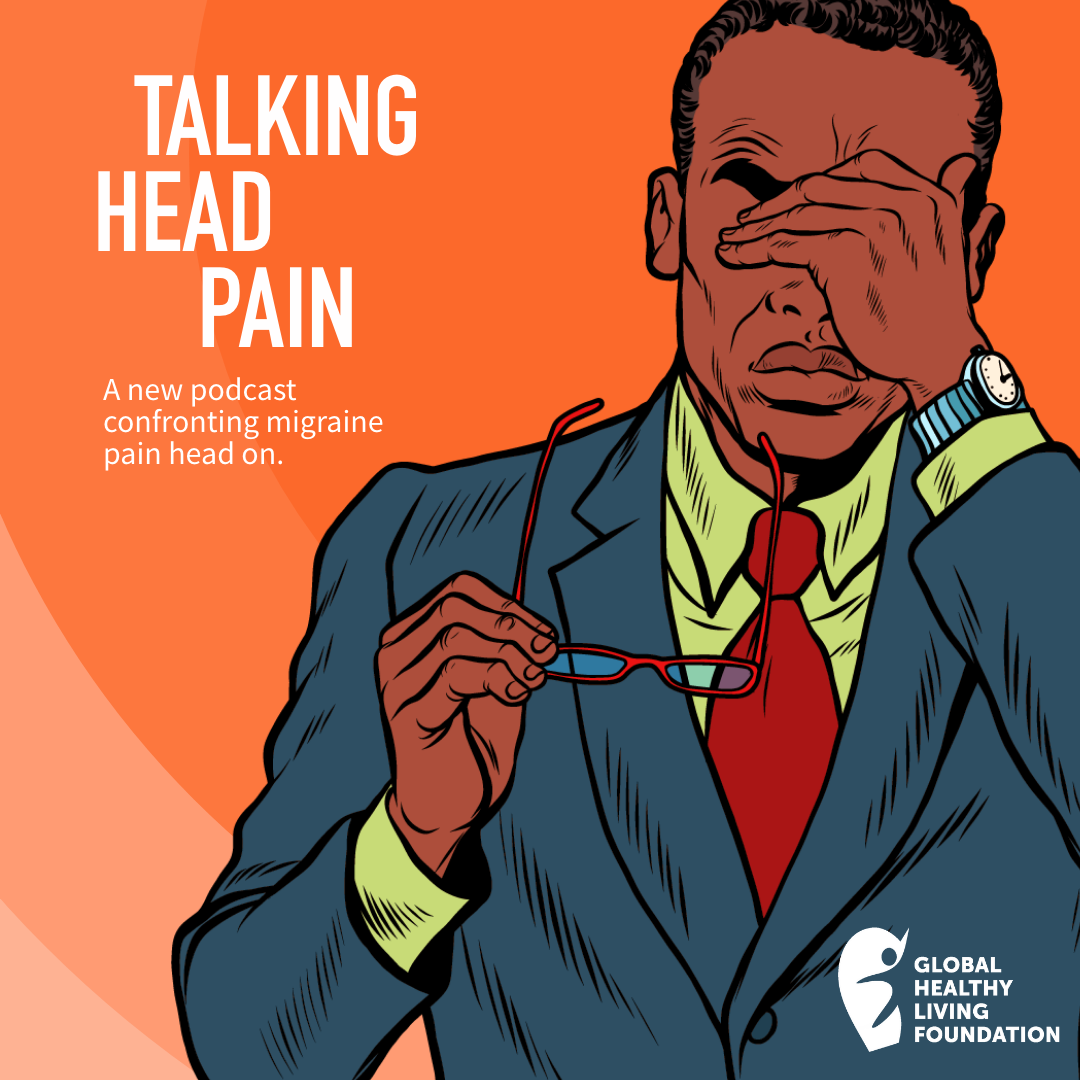As someone living with rheumatoid arthritis, I used to be really intimidated by exercise. I was worried that my joint pain and inflammation would only intensify if I worked out. Now exercise is one of my favorite forms of self-care and treatment for my disease (as well as the comorbidities that come with it).
But it wasn’t easy getting to this space. I went through a lot of trial and error trying to figure out how to exercise with a disability.
Time after time, I would aggravate my joints as I tried to mimic the movements of other women in the gym or my go-to online workout videos. I would take the advice of someone who didn’t have a disability to use weights that were a little too heavy or try an exercise that was a little too high impact — and regret it the next day. I would get discouraged reading articles meant for people who weren’t facing chronic symptoms like pain, fatigue, and swelling. And if that weren’t enough, being a single mother added to the challenge of finding time to exercise.
Physical Activity Guidelines Are Less Accessible for People with Disabilities
Since 2011, the Canadian Physical Activity Guidelines have centered around achieving concrete goals for your age bracket. For adults ages 18 to 64, like myself, this means:
- Doing at least 150 minutes of moderate- to vigorous-intensity aerobic activity per week
- Performing muscle- and bone-strengthening activities at least two days a week
But when you have a chronic illness like rheumatoid arthritis, concrete goals like this aren’t always easy — or realistic — to achieve.
There are weeks when I barely have the energy to shower, let alone work out vigorously for 150 minutes. Not to mention moderate to vigorous exercise can sometimes trigger fatigue, zapping me of my ability to do anything for days. Strength training has its own set of challenges; lifting any sort of weight when I’m experiencing a joint flare is almost impossible.
Aside from the physical limitations, there are time constraints that come from managing a chronic illness. There are days where I have back-to-back medical appointments all over town, for example.
Because I often couldn’t meet these fitness goals, I would feel bad about myself and resentful toward my condition — a mental and emotional game I didn’t need to play.
Canada’s New Movement Guidelines Are More Inclusive for People of All Abilities
But things changed last October when the Canadian Society for Exercise Physiology released its 24-Hour Movement Guidelines. A first for Canada, the new guidelines promote a balance of activity, rest, and sleep, as all three play an important role in bettering your overall health and quality of life. Rather than focusing solely on physical activity, these guidelines encourage people to engage in a healthy amount of sedentary activity and sleep.
The guidelines include the following:
Physical Activity
Perform a variety of types and intensities of physical activity, which includes:
- Moderate to vigorous aerobic physical activities such that there is an accumulation of at least 150 minutes per week
- Muscle-strengthening activities using major muscle groups at least twice a week
- Several hours of light physical activity, including standing
Sleep
Get seven to nine hours of good-quality sleep on a regular basis, with consistent bed and wake-up times
Sedentary Behaviour
Limit sedentary time to eight hours or less, which includes:
- No more than three hours of recreational screen time
- Breaking up long periods of sitting as often as possible
The guidelines also emphasize the importance of health professionals addressing sleep and fatigue when designing a physical activity plan with their patients. By refocusing on balancing activities, health professionals and implementation scientists (such as kinesiologists, physiotherapists, and occupational therapists) can design exercise strategies that are tailored to their patient’s individual capacity, opportunity, and motivation to engage in physical activity and their need for rest.
“People may need different strategies to achieve a healthy balance between physical activity and rest,” says Linda Li, PT, PhD, a Professor in the Department of Physical Therapy at the University of British Columbia who has studied the physical activity and sleep habits of people with rheumatic diseases. “Sleep-related interventions may be needed as a physical activity promotion strategy in people with arthritis. While some may benefit from shifting some of their sleep time to any level of physical activity, others may focus on gaining more sleep and walking to reduce seated activities.”
How These Guidelines Helped Me Re-Think My Physical Activity
Not every day with rheumatoid arthritis is the same. Each day I do a scan of my body to see how it feels and then I decide how to move it. Does my body want a moderate to vigorous workout on the elliptical or a relaxing hike? Or am I feeling off and would benefit most from some stretching, a set of strength training, and a walk or two around the block?
Everything I do will more than likely be felt in my joints and muscles later, so it’s important to carefully plan out my activity so that I don’t overdo it and wind up causing more pain and fatigue. If I can incorporate physical activity into my daily activities, it makes staying active with rheumatoid arthritis a lot easier. This may mean:
- Getting off the bus a stop early or parking further away to log extra steps
- Performing two to three 10-minute workouts to break up my sedentary time without overdoing it
- Taking stairs instead of the elevator
- Playing with my son, who loves to kick a soccer ball around or play basketball.
- Exercising during Zoom meetings so I am sitting less
- Wearing a health tracker that reminds me to get up when I sit for too long
- Doing chores, like gardening or cleaning
The more active I am, the better I sleep, the less pain and fatigue I experience, and the better my mood gets. Most importantly, I am able to handle doing more in a day. The more I move, the stronger I get, making those 150 minutes of moderate to vigorous exercise seem more obtainable.
As Someone with a Disability, These New Guidelines Tell Me I’m Doing Enough
So maybe you aren’t running a 5K every day. But maybe every week you do some yoga, or strength train, or play golf. Regardless, you’re still being active. You’re taking small steps and making healthy movement choices throughout the day. You’re listening to your body while still improving your health.
These new guidelines show me that, even on the bad days, I can still do something to improve my health, easing some of the burden and guilt I feel when I skip a workout because of my illness.
They tell me that it’s okay to rest as long as I get up and move a little bit every now and then, which is huge for those of us with chronic illness who are forced to rest on a daily basis.
They remind me that I should not feel bad for giving my body what it needs.
Stay in Touch with CreakyJoints Canada
Part of the nonprofit Global Healthy Living Foundation, CreakyJoints is a digital community for millions of arthritis patients and caregivers worldwide who seek education, support, advocacy, and patient-centered research. All of our programming and services are always provided free of charge. As we grow CreakyJoints Canada we want to hear from you. Please join our email list to stay connected, learn about new content and initiatives, and send us suggestions and ideas.
2011 Canadian Physical Activity Guidelines. Canadian Society for Exercise Physiology. January 2011. https://csepguidelines.ca//wp-content/uploads/2018/04/CPAGuideline_Report_JAN2011.pdf.
Canadian 24-Hour Movement Guidelines. Canadian Society for Exercise Physiology. https://csepguidelines.ca/.
Interview with Linda Li, PT, PhD, a professor in the Department of Physical Therapy at the University of British Columbia






